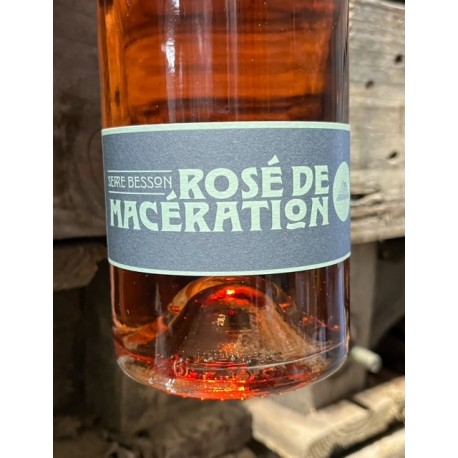Domaine Serre-Besson Cotes du Rhone Rose 2022
- Regular price
- $21.99
- Sale price
- $21.99
- Regular price
-
- Unit price
- per
Couldn't load pickup availability
Secure Payments
Your Data security & privacy is our priority. Pay securely through 128 bit encrypted payment gateway. We support credit cards, net banking and debits cards.
Exclusive Offers
Now enjoy the benefits of exclusive offers. Subscribe to remain updated on latest offers
Share

Stretching across 200 km from Vienna to Avignon, the Rhône Valley is home to the largest regional appellation after Bordeaux. The Côtes du Rhône appellation is characterised by astonishing diversity in terms of soils, climates and grape varieties. It stretches over 171 municipalities spread among 6 départements (Rhône, Loire, Drôme, Ardèche, Gard and Vaucluse). The Côtes du Rhône vineyard is comprised of five soil types. Pebbly land with clayey soil, rocky clay-limestone soil and rocky spreading soil (on hillside slopes), which ensure the vines are regularly supplied with water. They are particularly well-suited to making vin de garde wines. Sandy and loessic soils offer a more constrasted water supply. They are better suited to making white and rosé wines as well as lighter reds. Most of the production is vinified into reds, with an increasingly growing proportion turned into rosé and a tiny amount made into whites. Côtes du Rhône reds boast great diversity that reflects that of the region's soils and climates. With its ruby red shade, deeper when the Syrah dominates, the nose reveals itself to be delicately fruity, set against a background of red berries. They can sometimes reach the same levels of intensity of some of the greatest wines, with animal or spiced notes and aromas of ripe fruits. These same notes mingle on the palate. Finally, reds from lighter soils (Puymeras, Nyons, Sabran and Bourg-Saint-Andéol) are more fluid than their counterparts made in warmer areas and regions comprised of ancient alluvium soils (such as Courthézon or Orange).
